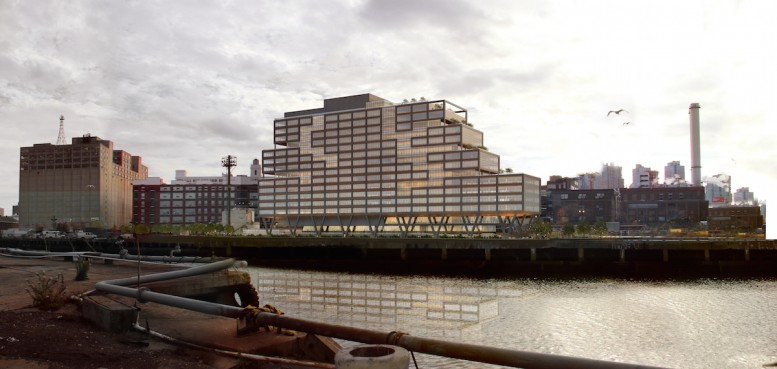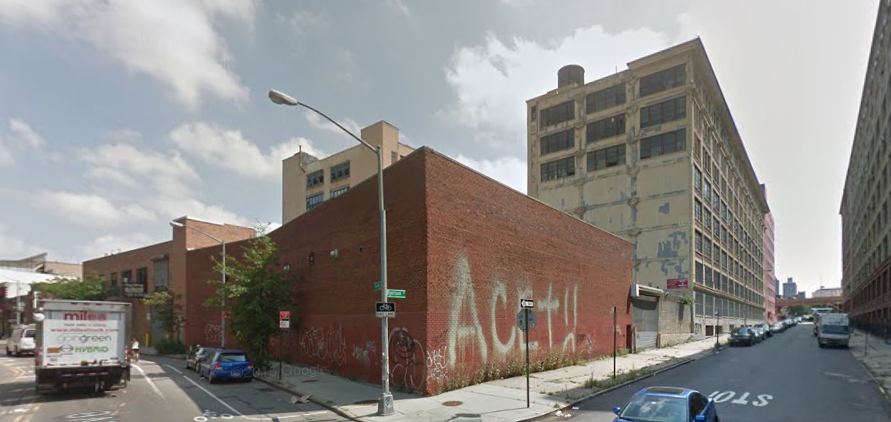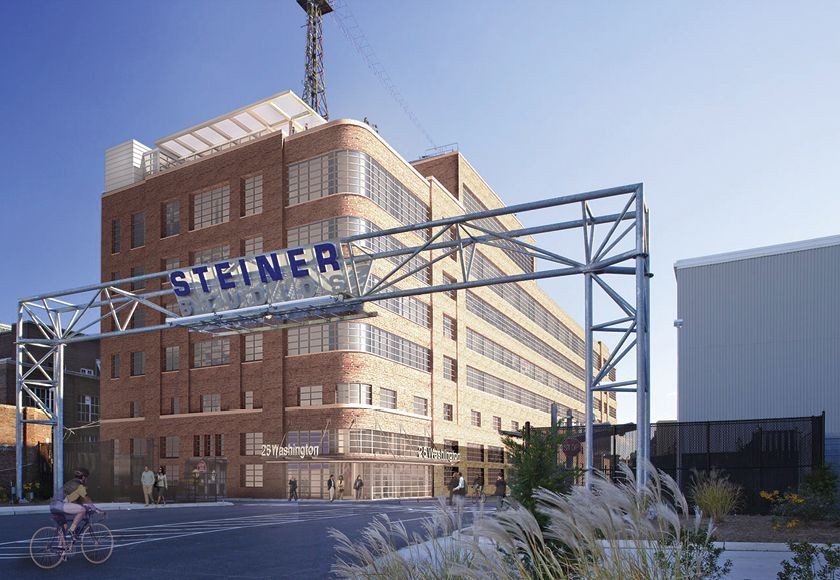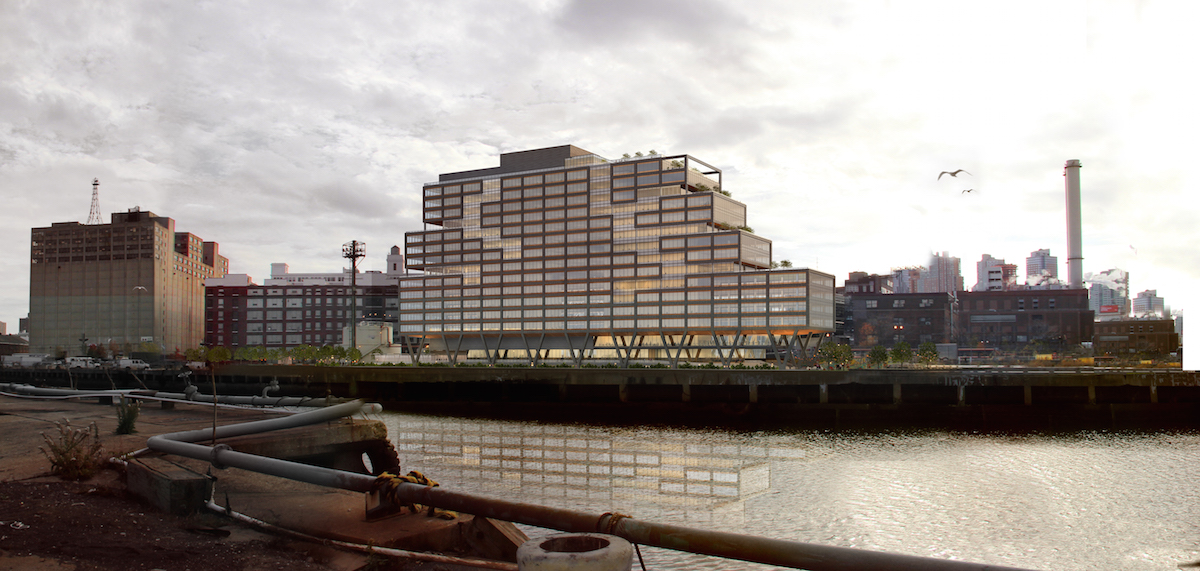When WeWork announced its plans to anchor a 675,000-square-foot office building on a vacant dry dock at the Brooklyn Navy Yard, a few critics came out of the woodwork to lament the yard’s gradually disappearing industrial tenants, like modular housing builder Capsys.
Back in August, the Times’ Matt Chaban chronicled the manufacturer’s struggle to pay rent at the yard, where its lease is set to expire next year. Capsys pays only $4 a square foot, a third of the average rent at the Navy Yard. By comparison, asking rent at the revamped Building 77 will clock in around $20 per square foot, The Real Deal reported earlier this year.
Many heavy industrial and commercial tenants can’t afford to pay $20 a square foot, and end up priced out to the city’s cheapest M-1 zones—Brownsville, East New York, Flatlands, and the South Bronx. These areas can and do support some new industrial construction, but not at the scale allowed in the Navy Yard. Manufacturing zoning effectively caps density and heights at one or two stories. By comparison, the yard’s new office building will reach 16 stories.
However, WeWork’s $380 million project, known as Dock 72, might allow the Navy Yard to retain lower-paying, longtime tenants like Capsys. It will bring 4,000 jobs back to the former industrial powerhouse, which lost 12,000 workers when the Navy moved out, according to Bloomberg. And tenants will be required to pay their workers at least $13.30 an hour, thanks to an agreement with the state.
The developers, Rudin Management and Boston Properties, aim to charge Dumbo-level rents of $60 a square foot. That’s certainly ambitious given that subways are nearly a mile away in any direction, but it will also help support the yard’s lower rent industrial spaces.
And the city has already invested $140 million to renovate the million-square-foot warehouse known as Building 77. The yard has also received $60 million in public funding to reconstruct a former machine shop into the Green Manufacturing Design Center, and $22 million from city, state and federal grants to develop Steiner Studios. Steiner also plans to spend $140 million to knock down the crumbling, 150-year-old Admiral’s Row houses. They’ll be replaced by a 285,000-square-foot, mixed-use building with a Wegman’s, retail, offices, and light industrial space.
The city and state are already heavily subsidizing the yard’s industrial tenants, but the WeWork project will help increase private investment too. Within the next two years, the Navy Yard has plans to construct or renovate nearly two million square feet of manufacturing space.
But it’s worth remembering the yard’s early history. It wasn’t always an industrial powerhouse, and this won’t be the first time its purpose has shifted. Brownstoner’s Suzanne Spellen detailed the yard’s early history in a post last year, and she reminds us that it was once home to one of the world’s largest wholesale produce markets, Wallabout Market.

Wallabout Market in 1940, photo via Library of Congress
After the Navy purchased the land along Flushing Avenue in the 1850s for a mere $40,000, they built the first dry dock, the Naval Hospital and the Commandant’s House—most of which still stand today. Most of the factories and warehouses next to the yard became bakeries, wholesale grocery warehouses, cold storage, and of course the Havemeyer family’s sugar refinery (eventually Domino) nearby in Williamsburg.
During the 1880s, a bustling wholesale market for produce, meat and provisions sprang up between Washington Avenue and Ryerson Street. By 1896, the city of Brooklyn had constructed a four-block-long series of brick buildings along Flushing Avenue to hold the hundreds of vendors. Renowned Brooklyn architect William Tubby was the designer, and he topped the buildings with Flemish-style stepped roofs and spires. He even crafted an iconic clocktower with an “almost fairy-tale conical spire,” writes Spellen.
But in 1941, with World War II underway, the Navy and the city decided to tear down the old Wallabout Market. They opened a new Brooklyn Terminal Market at East 87th Street and Remsen Avenue in Canarsie. And in its place, the Navy built weapons and supply factories—now occupied by Steiner Studios.
Subscribe to YIMBY’s daily e-mail
Follow YIMBYgram for real-time photo updates
Like YIMBY on Facebook
Follow YIMBY’s Twitter for the latest in YIMBYnews





Since the closing of south street seaport, why aren’t any plans of a sea food market and sea food restaurants. For example, I visited Baltimore a few years ago, I was amazed with their sea port market